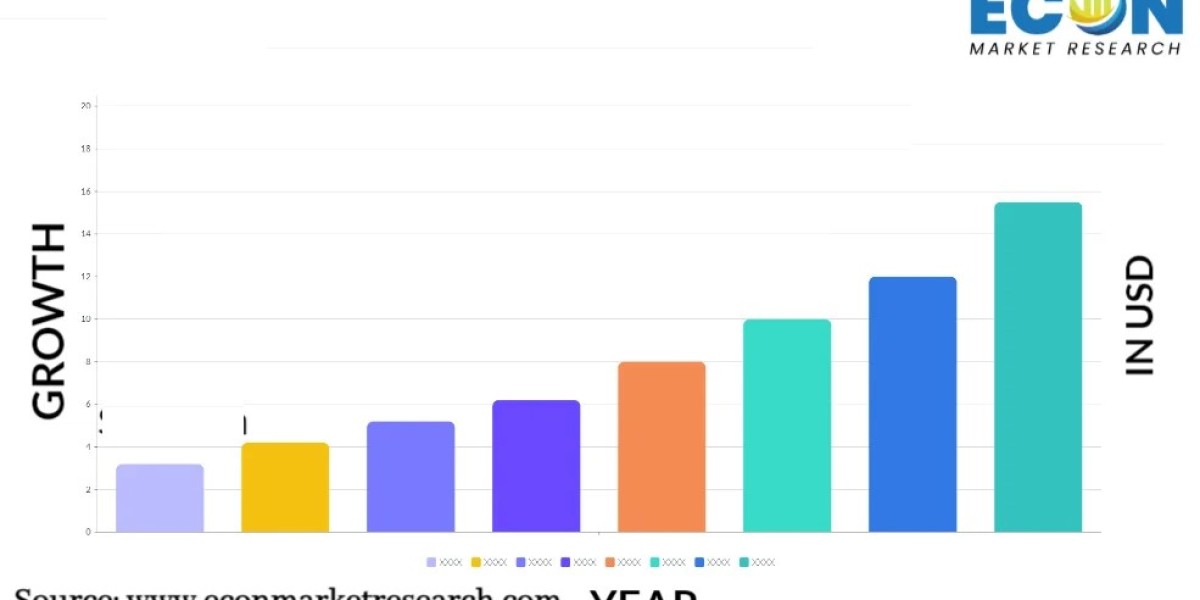Cutting tools are fundamental in manufacturing and machining processes, enabling the precise shaping and material removal required to create intricate designs and functional components. These tools, designed for precision, durability, and efficiency, are used across industries ranging from aerospace to automotive and construction. As advancements in technology push the boundaries of engineering, cutting tools have evolved to meet the demands for speed, accuracy, and material versatility. This article delves into the types, applications, materials, challenges, and innovations in cutting tools, showcasing their indispensable role in modern industry.
More info : https://www.econmarketresearch.com/industry-report/cutting-tools-market/
What Are Cutting Tools?
Cutting tools are implements or devices used to remove material from a workpiece through processes like drilling, milling, turning, or grinding. Their primary function is to create the desired shape, size, or surface finish by shearing off unwanted material.
Key characteristics of cutting tools include hardness, wear resistance, toughness, and thermal stability, as they must withstand intense pressure and high temperatures during operation. Whether for precision cutting in watchmaking or heavy-duty material removal in shipbuilding, cutting tools are at the heart of machining processes.
Types of Cutting Tools
Cutting tools come in a variety of forms, each tailored for specific operations. The most common types include:
- Single-Point Cutting Tools: Used in operations like turning and shaping, these tools have a single cutting edge and are designed for removing material linearly.
- Multi-Point Cutting Tools: Found in milling cutters, drills, and saws, these tools have multiple cutting edges that work simultaneously to enhance efficiency.
- Drills: Essential for creating holes, drills come in various designs, including twist drills and spade drills, to accommodate different materials and hole depths.
- Milling Cutters: Used in milling machines, these tools shape and contour surfaces, with specialized forms like end mills and face mills.
- Grinding Tools: Featuring abrasive materials, grinding tools achieve fine finishes and tight tolerances.
Each tool type addresses unique manufacturing needs, offering versatility and precision in different machining contexts.
Materials Used in Cutting Tools
The performance of a cutting tool is heavily influenced by its material. Common materials include:
- High-Speed Steel (HSS): Known for its toughness and ability to retain hardness at high temperatures, HSS is widely used in drills and taps.
- Carbides: Comprising tungsten carbide and cobalt, carbide tools are incredibly hard and wear-resistant, ideal for high-speed applications.
- Ceramics: Excellent for high-temperature applications, ceramic tools are used for machining hard and brittle materials like cast iron.
- Diamond and Cubic Boron Nitride (CBN): Among the hardest materials, these are used in ultra-precision and high-speed machining of non-ferrous metals and composites.
- Coated Tools: Featuring layers of materials like titanium nitride or aluminum oxide, coated tools enhance durability, reduce friction, and improve cutting performance.
Advancements in material science continue to expand the capabilities of cutting tools, enabling them to tackle increasingly complex machining challenges.
Applications of Cutting Tools
Cutting tools are integral to various industrial applications, including:
- Automotive Industry: Used to manufacture engine components, gear systems, and chassis parts with precision and speed.
- Aerospace Sector: Cutting tools handle advanced materials like titanium alloys and composites, ensuring lightweight yet durable components.
- Medical Equipment: Precision cutting tools create surgical instruments, implants, and prosthetics with strict tolerances and surface finishes.
- Construction and Mining: Heavy-duty cutting tools are used for fabricating machinery parts and infrastructure components.
- Electronics: Miniaturized tools are essential for creating delicate components like microchips and circuit boards.
The versatility of cutting tools ensures their relevance across industries, contributing to product innovation and manufacturing efficiency.
Challenges in Cutting Tool Use
The effective use of cutting tools involves addressing several challenges:
- Tool Wear and Failure: Continuous use leads to wear, which can compromise precision and productivity.
- Heat Generation: High cutting speeds generate heat, which can degrade tool materials and affect workpiece quality.
- Material Toughness: Machining advanced materials like superalloys requires specialized tools and techniques.
- Cost Efficiency: High-quality cutting tools can be expensive, necessitating careful selection to balance cost and performance.
- Environmental Factors: Coolants and lubricants are often required to optimize tool performance, raising concerns about sustainability and waste management.
Overcoming these challenges requires a combination of advanced tool designs, material innovations, and efficient machining strategies.
Innovations in Cutting Tools
The cutting tool industry is continuously evolving, driven by advancements in technology and changing industrial needs. Key innovations include:
- Nanostructured Coatings: Enhancing tool life and performance by improving hardness, reducing friction, and increasing heat resistance.
- Additive Manufacturing: 3D-printed cutting tools enable complex geometries and tailored designs, improving machining efficiency.
- Smart Cutting Tools: Integrated with sensors to monitor tool wear, temperature, and cutting forces in real-time, enhancing process control.
- Cryogenic Machining: Using liquid nitrogen to cool tools, this technique reduces heat damage and prolongs tool life.
- Sustainable Solutions: Development of eco-friendly materials and processes that minimize waste and environmental impact.
These innovations not only improve efficiency but also align with the broader goals of sustainability and Industry 4.0.
Future of Cutting Tools
The future of cutting tools lies in integrating advanced materials, digital technology, and sustainable practices. The rise of automation and smart manufacturing systems demands tools that can operate seamlessly in high-tech environments.
Research into self-healing materials, AI-driven tool design, and energy-efficient machining processes promises to redefine the capabilities of cutting tools. Collaboration between tool manufacturers, material scientists, and industry stakeholders will be essential in shaping this future.
Phone Number: +1 812 506 4440
Email : [email protected]









